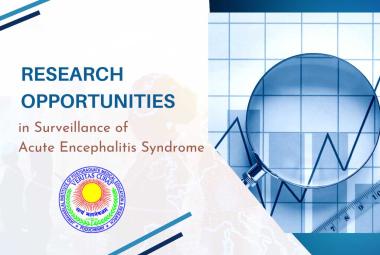A significant ozone build up has been witnessed this summer in several areas of the national capital, including the one where Delhi Chief Minister Arvind Kejriwal resides, increasing the public health risk, a green body warned today. A latest analysis done by Centre for Science and Environment (CSE) on the eve of World Environment Day on June 5 found that the area where Kejriwal resides was "highly vulnerable" to deadly ozone pollution, also "unacceptable" pollution levels were found in Lutyen's Delhi and around hospitals.
[adsense:336x280:8701650588]
The CSE has called on the Delhi government to implement daily health alert and pollution emergency action. "The neighbourhoods of the rich and the powerful are highly vulnerable to deadly ozone pollution. The ozone level in Civil Lines, where Delhi chief minister Arvind Kejriwal resides, is more than twice the standards and falls in the 'poor' category of the National Air Quality Index (NAQI)," a CSE statement said.
CSE carried out the analysis of real time air quality data available from the key monitoring locations of Delhi Pollution Control Committee (DPCC) for the period April and May 2015. "The high ozone level has made the cocktail of toxic pollutants deadly. Without a time-bound implementation strategy and preventive action, this can deepen into a serious public health crisis. It will spare neither the rich nor the poor," head of CSE's air pollution programme, Anumita Roychowdhury said.
[adsense:468x15:2204050025]
The analysis found that Civil Lines area where Kejriwal stays was an "ozone hotspot" and had fared the worst in terms of number of days exceeding the standard for ozone. The eight-hourly average of ozone here peaked to 250 microgram per cubic metre, which was 2.5 times more than the standard. In April, 92 per cent of the days exceeded the standard while in May it was as high as 97 per cent, CSE said. CSE's own monitoring in Lodi Estate in Lutyens' Delhi as well as at All India Institute of Medical Sciences (AIIMS) has brought out the vulnerability of these areas. During the day, the peak one-hourly averages frequently crossed the standards at Lodi Estate. Near AIIMS, the peak one-hour average has been recorded at 266 microgramme/cubic metre between 12 noon and 1pm, CSE said.
"The Delhi Pollution Control Board (DPCC) should carry out regular monitoring in sensitive areas as well as in Lutyens' Delhi. Lack of air pollution data in this area breeds complacency among the rich and the powerful," it said. PTI
Subscribe to PharmaTutor News Alerts by Email >>







